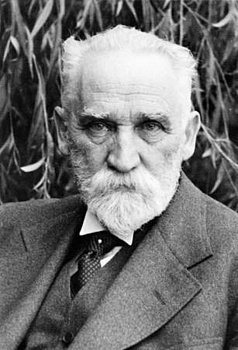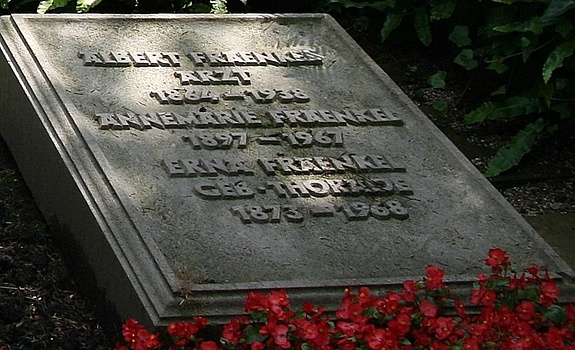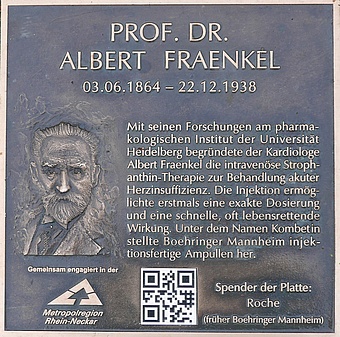Strophanthin therapy
Albert Fraenkel (1864 - 1938)
Albert Fraenkel was born on June 3, 1864, the son of wine merchant Jakob Fraenkel and his wife Emilie in Mußbach near Neustadt an der Weinstraße. There he attended the Latin school and then the humanistic grammar school in Landau. Even as a schoolboy, Albert wanted to become a doctor and, after graduating from high school in 1883, began to study medicine in Munich. After completing his medical examination, he did the first part of his military service in Würzburg and then continued his studies in Strasbourg. He was particularly impressed by the lectures of the internist Adolf Kußmaul. In the summer of 1888, he passed the state examination and then completed his military service in Bayreuth.
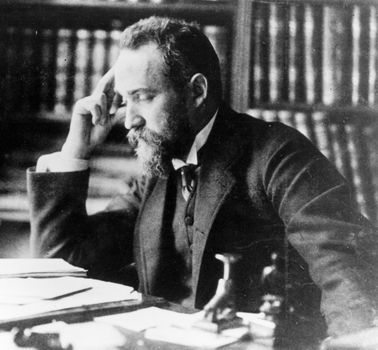
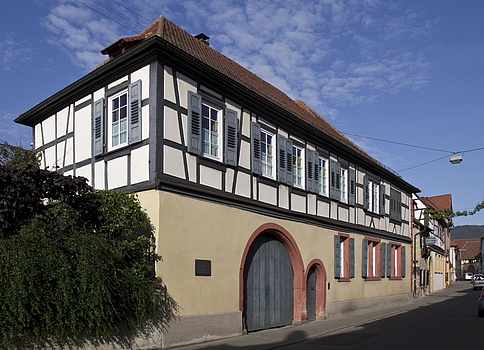
In 1889, Albert Fraenkel received his doctorate and took up his first position as an assistant physician at the Munich University Women's Hospital to become a gynecologist. But soon he falls ill with pulmonary tuberculosis. Thanks to several stays at a health resort, however, his condition soon improves. But the existential experience of the threatening disease may later have enabled Fraenkel to put himself in his patients' shoes. Albert Fraenkel knows that the tuberculosis pathogens can cause him to fall ill again decades later, even after they have been encapsulated. It is therefore no coincidence that in the winter of 1890 he continues his work as an assistant physician in Berlin, where he participates in research on tuberculin with a colleague of Robert Koch and deepens his knowledge of tuberculosis.
Disappointed by the ineffectiveness of tuberculin, Albert Fraenkel settled in 1891 as a country doctor in the up-and-coming Black Forest spa town of Badenweiler and practiced in the "Villa Hedwig," one of the spa houses there. He is so successful that he builds his own house for his practice and apartment as early as 1894. Two years later he marries Erna Thorade and calls the house "Villa Erna". The two lead a very happy marriage, and 1897 and 1902 the daughters Annemarie the daughter Lieselotte are born.
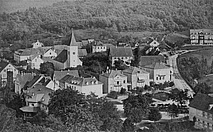
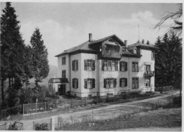
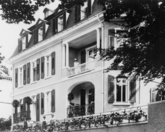
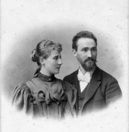
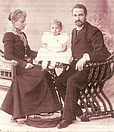

Many famous guests come to the villa for talks and house music. Among them are the philosopher Karl Jaspers and later the poet Hermann Hesse. Both were initially Fraenkel's patients and are now his friends.
In 1903, Albert Fraenkel was able to open his first sanatorium in the "Villa Hedwig" , which had been converted for this purpose. Patients were only admitted after a medical examination or referral and had to follow certain rules in order to recover. In his book "Haus zum Frieden," the young Hermann Hesse reflected on his stay there and wrote that Fraenkel was not treating illnesses, but people. In the same year, 1903, Fraenkel opened a sanatorium for lung patients in the "Villa Paul" , which was located on a hill and also took in seriously ill patients. As with the "Villa Hedwig," Fraenkel emphasized the therapeutic purpose of the rooms and compliance with hygienic standards, but also an artistic design that appealed to the senses.
Both sanatoriums soon enjoy an international reputation and contribute to the flourishing of Badenweiler, for which the grateful spa town awards him honorary citizenship in 1920.
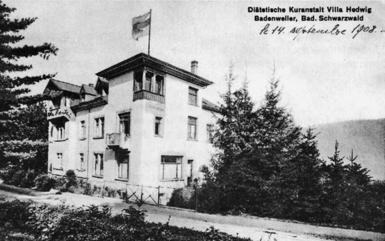
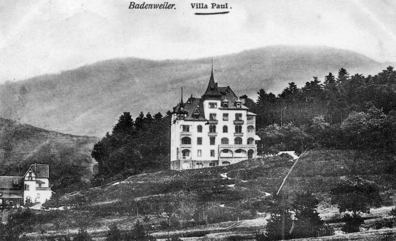
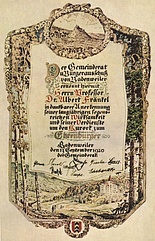
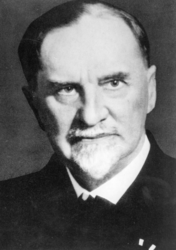
Albert Fraenkel concentrated his clinical work in Badenweiler on the summer months. In winter, when there are only a few patients to be treated, he began researching the effect of digitalis glycosides for the treatment of cardiac insufficiency at the Pharmacological Institute of the University of Heidelberg in the winter semester of 1893/1894. In the process, Fraenkel came across the glycoside of the strophanthus plant, a liana plant. An extract from Strophanthus seeds was used in Africa as an arrow poison for hunting elephants. On an expedition of David Livingstone in 1859, a doctor had accidentally used a toothbrush contaminated with the arrow poison and noticed that his pulse rate, which had increased as a result of heat and also fever, calmed down immediately.
In 1862, the pharmacologist Thomas Richard Fraser succeeded in isolating the active ingredient of the seed of Strophanthus kombé as k-strophanthin. It is true that alcoholic solutions of Strophanthus kombé seeds were used in European clinics as early as 1885. But it is hardly possible to determine the concentration of strophanthin exactly and reproducibly, which makes therapy very difficult and the result random.
Of all the substances studied, Albert Fraenkel found strophanthin to be the most suitable. Starting in 1900, he conducted animal experiments in Heidelberg, then also self-experiments, which led him to the ingenious idea of administering the water-soluble strophanthin intravenously. In this way, the chemically pure active ingredient can be precisely dosed and the effect is immediate.
On the basis of his extensive experimental results, Fraenkel was able to convince Ludolf von Krehl, the new director of the Medical Clinic of the Kaiser Wilhelm University in Strasbourg, to test the intravenous administration of strophanthin to heart patients at his clinic. In November and December 1905, Fraenkel studied the effect of intravenous injection on 25 patients with severe heart failure. In 1906, Fraenkel was pleased to report that within a few minutes cardiac activity normalized and patients experienced noticeable relief. In acute cases, strophanthin even has a life-saving effect. "The rapidity and strength of the effect is a miracle cure". Strophanthin therapy is proving to be extremely helpful in many heart conditions such as heart failure, myocardial infarction, rhythm abnormalities, hypertension, acute myocardial damage, and angina. The rapid onset of action and the precise dosing of the injection bring about an immediate normalization of cardiac activity.
Fraenkel is aware of the importance of his work and wants to establish intravenous strophanthin therapy quickly. He contacted the company "Boehringer & Söhne," whose strophanthin he had used, and presented his research results to the company management as early as mid-March 1906. Fraenkel convinced "Boehringer" to produce strophanthin industrially in ready-to-use injection ampoules. It was launched on the market under the name "Kombetin" . In close cooperation with "Boehringer", he develops the conditions for efficient sterilization of the ampoule contents. His collaboration with "Boehringer" will last almost three decades.
At the Internists' Congress in Munich in April 1906, Dr. Fraenkel gives his first lecture "On Intravenous Strophanthin Therapy" in order to introduce the therapy to as large a circle of physicians as possible. His lecture impressed his colleagues, who came to the conclusion that this therapy opened up extraordinary prospects.
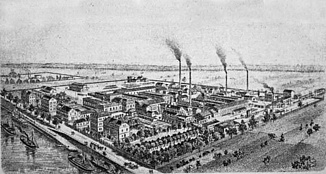
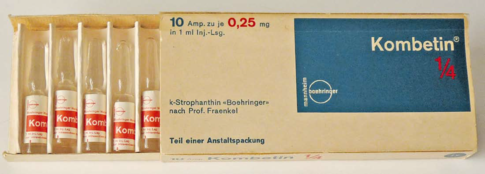
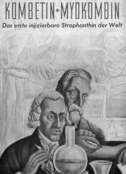
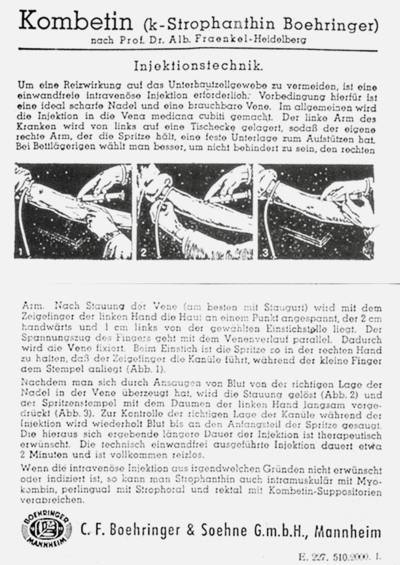
At the Internists' Congress in Munich in April 1906, Dr. Fraenkel gives his first lecture "On Intravenous Strophanthin Therapy" in order to introduce the therapy to as large a circle of physicians as possible. His lecture impressed his colleagues, who came to the conclusion that this therapy opened up extraordinary prospects.
Soon, other physicians begin using intravenous strophanthin therapy. But the initial successes do not mean a breakthrough for the new therapy. Many physicians do not know how to inject, others reject the new therapy, and quite a few handle the powerful active ingredient carelessly, injecting too high doses that lead not only to undesirable side effects but even to deaths. Dr. Fraenkel went to great lengths to point out the need for accurate dosing, which is essential to the success of the therapy, and wrote a detailed package insert on injection technique and dosage. But it will take more than two decades before the therapy is established.
In 1914, the Grand Duke of Baden, Friedrich II, bestows the title "Professor" on Fraenkel.
The outbreak of the First World War changed Fraenkel's life. He made himself available to the military and initially organized the care of wounded soldiers in Badenweiler. He becomes chief physician at the Heidelberg observation hospital and also consultant internist to the XIV Army Corps with the rank of staff physician at the hospital in Rohrbach. Since tuberculosis finds many victims among the returning soldiers, but also among the population weakened by inadequate nutrition, Fraenkel travels with a mobile X-ray machine to the tuberculosis sanatoriums in southern Germany for diagnosis. For his services, Fraenkel received several military awards, including the Iron Cross II Class.
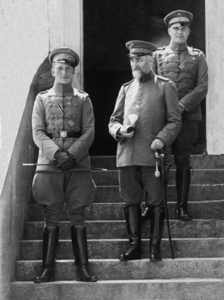
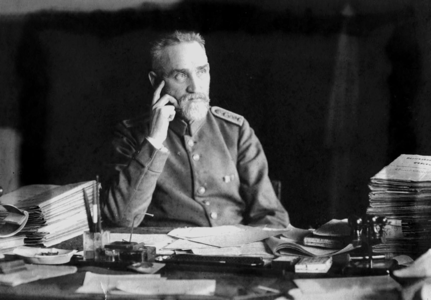
In 1920, Fraenkel sold the house in Badenweiler and moved with his family to Blumenthalstrasse in Heidelberg. In the same year, he was involved in the founding of the Rohrbach Tuberculosis Hospital, which later became the Thorax Clinic. Severely ill people in the acute or even final stages who cannot be treated in tuberculosis sanatoriums are treated there. Rohrbach is of great importance for the expansion of tuberculosis care in North Baden.
Fraenkel also does not lose sight of his goal of helping intravenous strophanthin therapy achieve a breakthrough. He is aware that it will only be possible to apply and teach the therapy correctly at a clinic. This motivates him to build the internal medicine "Mittelstandssanatorium Speyererhof" on the southern slope of the Königstuhl. There, he also wants to provide clinical treatment in a cultivated atmosphere at affordable nursing rates for the middle class, which is often impoverished after the end of the war as a result of the devaluation of money, and which at that time has no health insurance and cannot afford treatment in the hospital or a stay in the sanatorium.
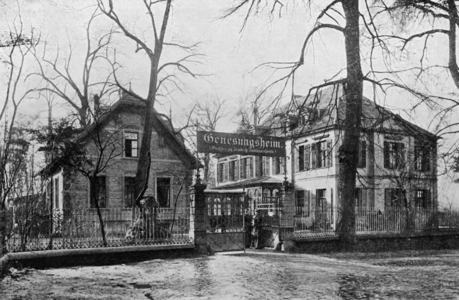
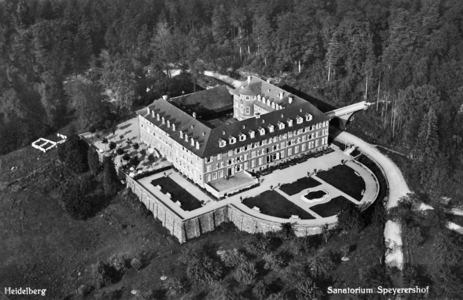
It is one of the first sanatoriums under public sponsorship (Mannheim, Heidelberg, Karlsruhe and the districts of Mannheim, Heidelberg, Karlsruhe, Mosbach and the Palatinate). A young interior designer is commissioned with the homely and stylish furnishing of the approximately 100 single rooms. Works by 19th and 20th century painters from the collection of a Mannheim museum embellished the rooms. Fraenkel even succeeds in placing magnificent furniture, which had been left to decay on the floor of Mannheim Castle for decades, on loan in the corridors and lounges of the Speyererhof. Patients ranging from master tailors to ministerial councillors, merchants, teachers and craftsmen are made to feel at home.
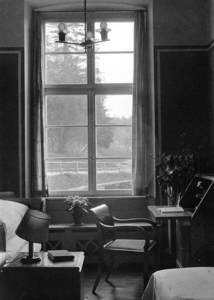
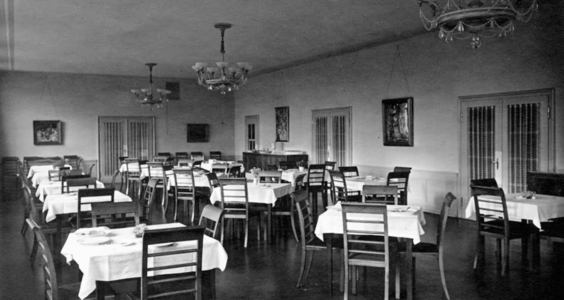
Albert Fraenkel heads the sanatorium, which opened in August 1927, as medical director and integrates intravenous strophanthin therapy into an overall therapeutic concept. Patients are not only treated with strophanthin, but also prepared for life with chronic heart failure by practicing an adapted lifestyle. The sanatorium, later named "Speyererhof," offers very good care and develops into a center of medical training at a high scientific level. Thus Fraenkel finally succeeded in "creating a home for strophanthin therapy," as he wrote in a letter to "Boehringer." Fraenkel also held a series of scientific conferences at the Speyererhof, including one on "strophanthin therapy". The Speyererhof became his life's work.
In recognition of his achievements, the medical faculty of the University of Heidelberg appointed him a full honorary professor with a lectureship in tuberculosis in 1928.
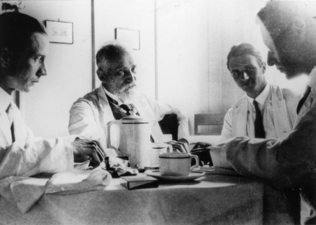
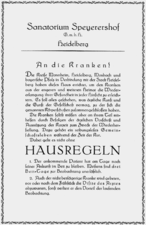
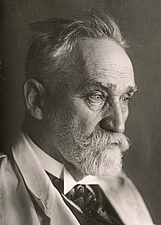
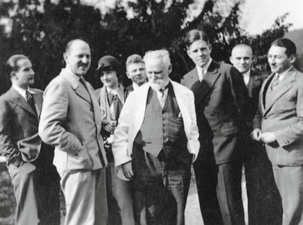
Prof. Fraenkel's beneficial work ended in 1933 when the National Socialists seized power. Although Fraenkel had converted from the Jewish to the Protestant faith when he married in 1896, he was systematically removed from all offices as a Jew. He preempted the withdrawal of his teaching position in Heidelberg by renouncing any further teaching activities as early as April. In May he had to resign from the "Speyererhof", which he had founded, and in June he also had to give up the management of the Rohrbach hospital. He can only publish and give lectures abroad. Since he no longer had any income, Boehringer paid for his lecture trips to Cambridge, Basel, Milan and Oxford. In Germany he is hushed up.
He uses the imposed leisure to publish his work "Strophanthin Therapy" at the end of 1933, when the success of his therapy has long been proven by clinical studies.
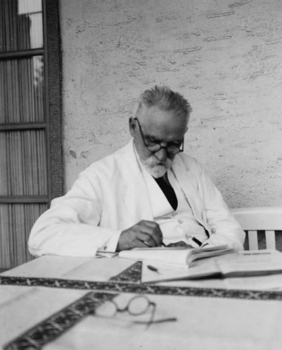
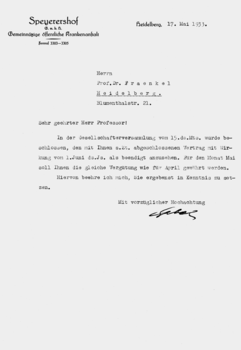

In September 1938, after 50 years of glorious medical practice, his license to practice medicine was revoked and with it his right to practice medicine. This hit the man so deeply attached to his homeland hard. In October 1938, his passport was also revoked. Fraenkel was seriously ill and died in Heidelberg on December 22 at the age of 74. The funeral service is held by his friend, the Protestant prelate Hermann Maas. But it was not until 1947 that he could be buried in the Bergfriedhof. On his gravestone there are only the words: "Albert Fraenkel, doctor".
Fraenkel was both a talented researcher and a gifted physician. His guiding principle was not only to study scientific experimental pharmacology, but also to develop it to the point of practical application, so he is considered a co-founder of clinical pharmacology.
At the beginning of the 1950s, oral digitalis preparations were also available, so that the injection of strophanthin, which is cumbersome for both physician and patient, is used less and less frequently. However, textbooks still recommended intravenous strophanthin as the most rapidly effective cardiac glycoside in acute heart failure until 1992.
